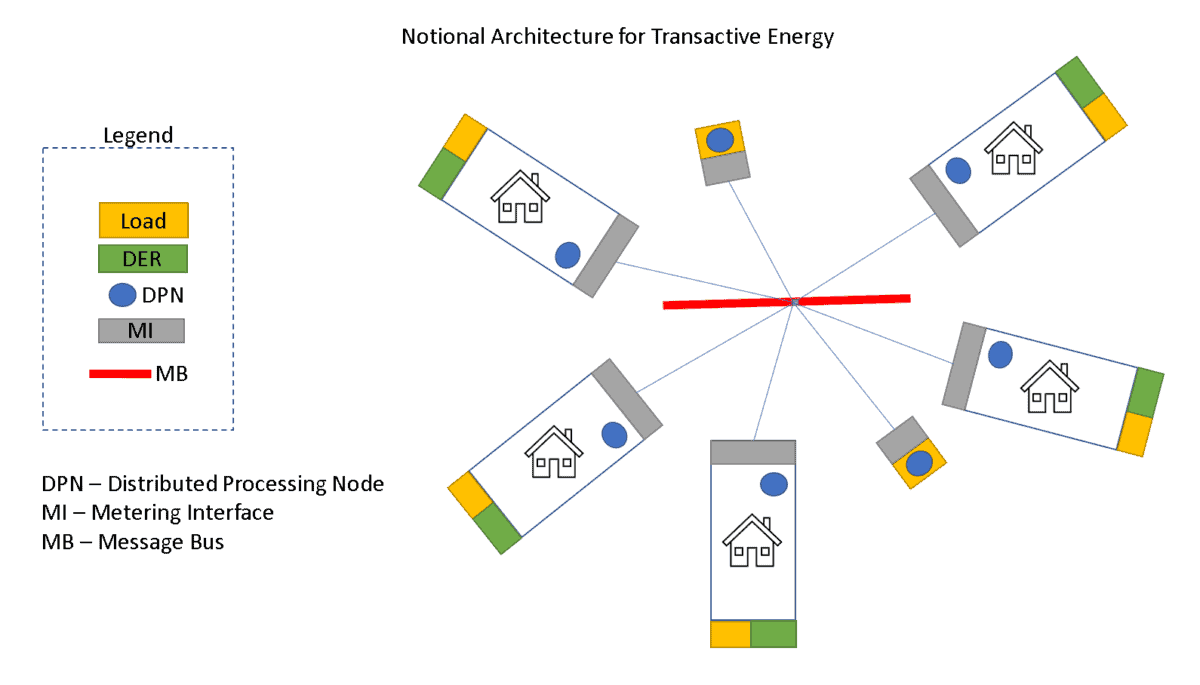
John Camilleri
Innovations in power generation, storage, and transmission technologies are forcing a shift away from centralized power generation towards a distributed, decentralized model. Utility operations are presented with new challenges related to security and controls; how they respond will shape the future of the decentralized energy landscape. This 3-part series will investigate the potential applications of distributed systems, as well as the role of interoperability in actualizing the decentralized energy revolution.
In the first installment of this series, I introduced the concept of the grid edge and the advantages and challenges presented by distributed systems. In this article, I’ll explore some of the real-world applications of a distributed system approach.
Distributed power system applications
Distributed systems in the energy space can be applied to serve many objectives. The following list provides some potential applications.
- Transactive energy: Requires machine-to-machine interaction between two business entities to execute a transaction.
- Microgrids: Opportunity to provide in-field analytics and distributed control functions.
- Renewables: Support the data collection of customer side renewable deployments that support utility operational insight.
- Better use of capital assets: In-field optimization of assets for better performance and utilization or simply enabling fine-grain control.
- Multi-vendor solutions: Create an interoperability nexus by allowing multi-vendor solutions.
- Enabling competition: Innovation by allowing open access to data and the ability to tackle smaller-scoped problems.
- On-premises energy management solutions: Support optimal control of on-premises energy resources and loads based on global control directives
- Predictive maintenance: AI applied in the field to detect anomalies and report back
It is important to note that with a distributed system approach, incremental rollouts reduce complexity and cost. Even more important is the ability to stack the benefits once you have the interoperability platform in place.
IIoT considerations for a distributed approach
Industrial Internet of Things (IIoT) platforms are becoming available to achieve some of these goals. As with any system design, evaluating the requirements is complicated and worth the investment if you tie those requirements to testing and verifiable customer needs. When considering these types of platforms, you should consider this as evolving technology so future requirements tend to be fuzzy. This may lead you to one of the key design principles, “minimal functionality,” to ensure the solution is not over-engineered.
The above application of IIoT deserves some consideration. Various architectures can be applied to each application area. With distributed architectures, you need to consider several things at first:
- Workload – Where do you want the compute power to be and why?
- Communications – What are the latency and bandwidth requirements?
- Management – How will you manage the distributed devices remotely?
- Security – What security vulnerabilities does the system have and what is the threat model?
Hypothetical IIoT architecture
The following notional architecture demonstrates a distributed approach for transactive energy.

In the above diagram, residential homes have their own DER and Load. A Distributed Processing Node (DPN) that may be integrated into a smart meter provides monitoring (and control) of each resource and communicates on the message bus for pricing signals to ramp up or ramp down. The DPN acts as a mini-control aggregator. The price signals submitted by other residential or commercial DPNs in the location, including devices like community energy storage, residential community solar or charging stations are consumed by each peer.
Once the infrastructure for communication and processing is in place, the logic performing business rules can be updated over-the-air like your cell phone. Layered applications can then be distributed to support other functions as needed to meet the customer requirements. Landis+Gyr’s developer studio is one example of this approach.
In the next and final installment of this series, I will address the role that interoperability frameworks like Open Field Message Bus (OpenFMB) are playing in accelerating this revolution. To ready Part 3 of this series, please click here.
